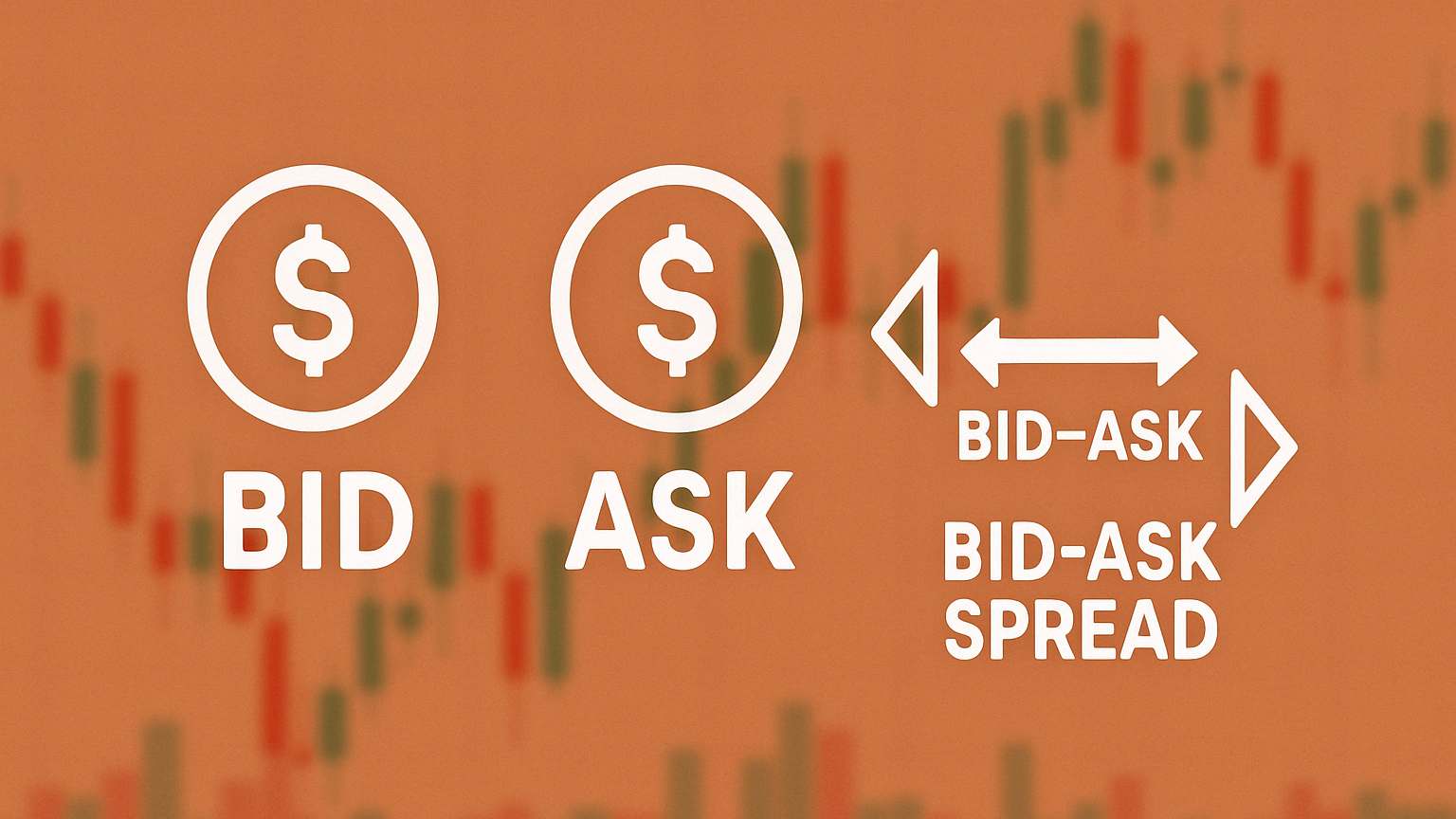How Much Should You Really Risk Per Trade?
When it comes to trading, one of the big questions is always, “How much should I risk on this trade?” You’ll often hear people say you should stick to risking one or two percent of your total account on any given trade. This sounds simple enough, right? It’s like a safety net—if things go south, you’re only losing a small part of your account. Let’s break this down a little further.
Say you’ve got $10,000 to trade. You follow the one percent rule, so that means for each trade, you’re risking no more than $100. That’s it—$100 is your max loss. Now, if you’re eyeing a stock at $50 a share, you can only buy a couple of shares if you want to stick to your plan. You’d set your stop loss somewhere so that if the price drops and you lose $2 per share, your trade closes automatically, limiting your loss to $100. Easy enough, right?
But here’s the thing—this one or two percent rule isn’t set in stone. It works in a lot of situations, but not all of them. There are times when you might need to pull back and risk even less, like 0.5 percent or even 0.2 percent of your account on a trade. Imagine a super volatile market, or you’re trading in an environment where back-to-back losses are more likely. In those situations, risking less makes sense. It’s all about staying in the game.
Let’s say you’re facing a market where there’s a high probability of consecutive losses. Maybe you’re using a strategy that’s prone to drawdowns, or the market’s just being unpredictable. You’ve already risked one percent, but if you hit six losses in a row (which is possible), that’s six percent of your account gone. Ouch. Now, what if there’s a fifty percent chance you could see those six losses? You’ve got to think, “What happens to my account if that bad streak hits me?” In this case, you’d want to lower your risk to maybe 0.5 percent or even 0.2 percent. That way, if you do face that rough patch, you’re only down a few percent overall, not tanking your account.
This leads us into figuring out the probability of consecutive losses. No one has a crystal ball, but you can get a sense of it based on your strategy’s win rate. If your strategy wins fifty percent of the time, the odds of consecutive losses aren’t that rare. You could run into several bad trades in a row before things turn around. Understanding your win rate is key here—it helps you gauge how often losing streaks might happen. If your system only wins thirty percent of the time, the chances of multiple consecutive losses are way higher than if you’ve got a seventy percent win rate. With that knowledge, you can adjust how much you’re risking on each trade to make sure you’re not blowing up your account after a rough week or month.
The Role of Risk-to-Reward Ratios and Staying Flexible
Now, let’s talk about the flipside—what do you stand to gain if things go your way? That’s where the risk-to-reward ratio comes in. You might risk one dollar, but you should be aiming to make three dollars in return, or even more. That’s the idea behind a one-to-three risk-to-reward ratio. So if you’re risking $100 on a trade, you’re hoping to make at least $300. Let’s break it down in a simple example:
Imagine you buy a stock at $50, and you’ve set your stop-loss at $48, meaning you’ll cut your losses if the stock dips below $48. Your max loss is $2 per share. Now, if you want that one-to-three ratio, your target profit is $6 per share. So, if the price hits $56, you’ve got a nice little win. You risked $2, but you stood to gain $6—that’s a solid trade-off.
But just like with the one-percent rule, you have to stay flexible with your risk-to-reward ratio. If the market’s shaky, or you’re in a period where losses are stacking up, you might adjust that ratio and aim for a smaller reward just to lock in a win. It’s all about survival, especially when you’re going through a tough trading period.
Flexibility is everything when it comes to managing risk. You might be willing to risk more when the market is in your favor or if your strategy’s been hitting winners. But when the tables turn, and you’re facing a higher probability of consecutive losses, it’s crucial to dial back. The market’s always changing, and so should your approach. By understanding both your risk and the probability of consecutive losses, you can better plan for the ups and downs—and stay in the game for the long haul.







